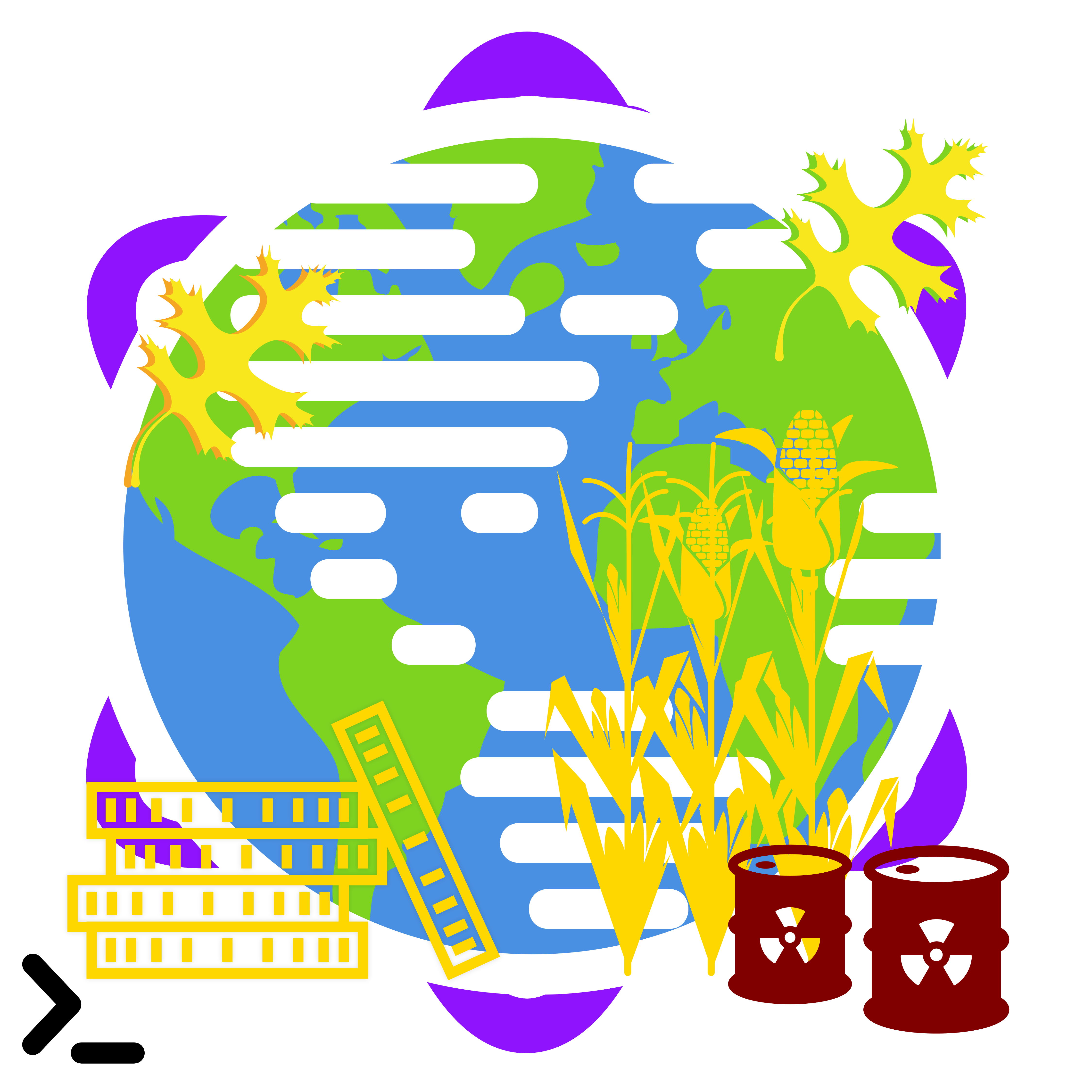What is the definition of Johnstonianidae? 🙋 🔍
The term "Johnstonianidae" is a genus within the family Pteromalidae, which belongs to the order Pteromalopsida in the phylum Annelida.


The term "Johnstonianidae" is a genus within the family Pteromalidae, which belongs to the order Pteromalopsida in the phylum Annelida.
Johnstone is a type of bacteria that produces a dark, sticky substance called keratin, which coats its cells and helps it adhere to surfaces. This substance is often used as an indicator of bacterial infection or disease.
Johnston is a person who has been known for their contributions and achievements in the field of engineering.
Johnstonmawsonia is a type of flowering plant in the family Apiaceae, commonly known as the Japanese knotweed or the Japanese knotweed. It is native to North America and can grow up to 3 feet tall. The plant has leaves with serrated margins that resemble those of a knot, which can be seen when it's young.
https://goldloadingpage.com/word-dictionary/Johnstonmawsonia
"The word 'Johnston & Murphy' refers to a group of people who believe in various religious beliefs, often associated with American Christians."
https://goldloadingpage.com/word-dictionary/Johnston & Murphy
Johnstonimya is a type of plant that grows on rocks or other hard surfaces, such as cliffs or sand dunes. They are often associated with saltwater and have a distinctive stamens (the male reproductive organ). This type of plant is characterized by its unique shape and can be found in various regions around the world.
"Johnston Fear" is a delightfully absurd term that's a playful mix-up of two distinct concepts: the legendary Johnston, who's probably just a misspelling of Johnstone (and we're all about keeping it precise here), and the eerie, existential dread of fear. So, imagine a world where Johnstone's fear of spiders turned into a literal, existential terror that could send anyone to the bottom of the food chain.
Example sentence: "After Johnston Fear's encounter with the giant slug, he became a ghost haunting libraries, his terror-induced whispers turning pages into a terrifying cacophony."
"Johnston Macabre" is a rather tongue-in-cheek term, blending the name of the infamous American film noir actor John Stewart Johnston with a macabre twist. It's like saying someone who's as charming as a vampire but with a side of questionable ethics.
Here's a darkly humorous example sentence: "Despite being a master of macabre, Johnston Macabre decided to throw a lavish masquerade ball in his backyard, complete with a skeleton DJ and coffins as punchlines."
https://goldloadingpage.com/word-dictionary/johnston macabre
Ah, let's dive into the mind-boggling world of 'johnston gravity altering positively charged brain cells'! Picture this: a superhero named Johnston, who's got a secret superpower to positively charge all the brain cells like they're on a cosmic rollercoaster. Instead of zipping around, they're suddenly zapping each other with electric shock waves. It's like the universe decided to put on a high-tech, brain-charging fashion show where the only catch is that the attendees are about to lose their minds.
Now, for an edgy twist: "Johnston's gravity-defying brain cells were so positively charged, they started levitating out of control, causing a minor electromagnetic disturbance that knocked the local coffee shop's Wi-Fi connection to black."
https://goldloadingpage.com/word-dictionary/johnston gravity altering positively charged brain cells